Subsea Pipeline On Bottom Stability Analysis
Pipelines resting on the seabed are subject to the forces that can destabilize the pipe, leading to floatation or lateral movement. The stabilization requirements of the pipeline can be a major cost driver on subsea pipeline projects, especially in some shallow locations around the world, where the wave-induced current is an extremely challenging condition. Sometimes, costly stabilization requirements, such as trenching, anchoring, rock dumping, and mattressing, have therefore been used to ensure the stability of a pipeline on the seabed. Deepwater pipelines are typically stable on bottom due to the absence of wave-generated currents. However, certain deepwater regions around the world experience loop currents that may affect pipeline on-bottom stability. In addition, pipeline on-bottom stability design is critical in the whole life of pipeline design procedure.
The main purpose of pipeline on-bottom stability design is to choose the appropriate pipeline route, materials, size and convenient manufacture, installation, and maintenance method so that the pipeline can withstand probable design current and wave loads at a low cost. On-bottom stability calculations are performed to determine the minimum requirements for pipeline submerged mass. The required pipeline submerged weight has a direct impact on the required pipe laying tensions, installation stresses, and the pipeline configuration on the sea bottom. From the installation viewpoint, especially where spans are not a concern, the priority is to minimize the required pipeline submerged mass.
For full videos you can visit this link :
https://drive.google.com/file/d/1-qBhuo549YAdpikrLuFQVRUcYohQvz3G/view?usp=sharing
and you will be directed to a google drive link where you can download all files of this course
https://drive.google.com/file/d/1-qku1TZZJO20OLGMl77L-cGzjS3oDVuU/view?usp=drive_link
-
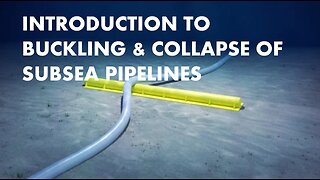 14:59
14:59
Subsea Engineering Course
1 month agoIntroduction to Buckling and Collapse of Subsea Pipelines
8 -
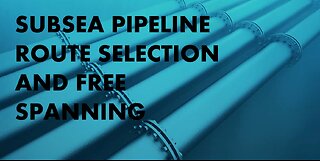 41:07
41:07
Subsea Engineering Course
1 month agoSubsea Pipeline Route Selection and Free Spanning
12 -
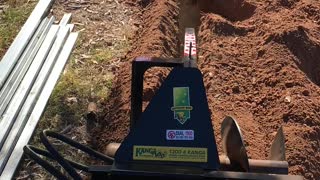 0:10
0:10
Goldfields Mini Digger
2 years ago $0.01 earnedWater pipe trenching
102 -
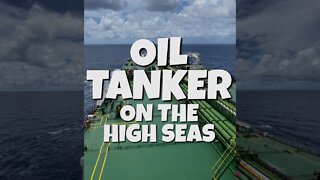 0:39
0:39
Hopefulgeek
2 years agoOIL TANKER AT SEA UNDER WINDY CONDITIONS
12 -
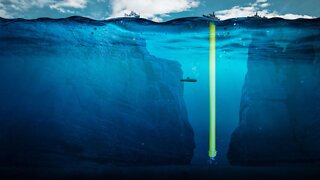 6:04
6:04
What If
2 years agoWhat If You Built a Pipe to the Bottom of the Mariana Trench?
22 -
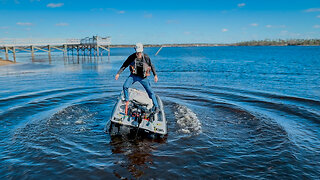 10:27
10:27
Greyson Roberts
3 months ago $0.16 earnedTHE Most Stable Tiny Boat EVER | Pond Prowler Stability Test
731 -
 6:02
6:02
Lesics
3 months agoKaplan Turbines | Understanding the Giants of Hydroelectricity
-
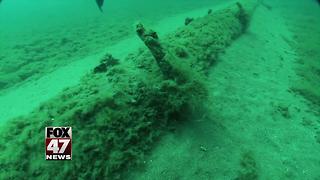 0:24
0:24
WSYM
6 years agoPipeline beneath Straits of Mackinac passes pressure tests
50 -
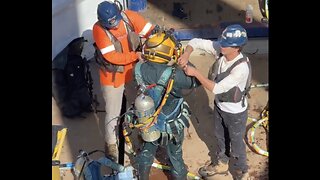 1:50
1:50
AmplifiedLIFE
8 months agoUnderwater work can be dangerous.
512 -
 2:51
2:51
Phenomenon
7 years agoPipeline Welding - 54 Inch Section Work
58